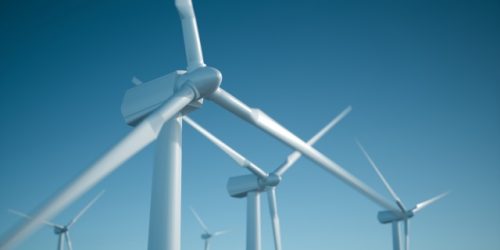As of today, Google has eliminated its entire “carbon legacy.” By that, the company means it has purchased high-quality carbon offsets to match all of the emissions ever produced by its data centers and campuses. That includes the emissions generated before Google became carbon neutral in 2007. The company says it’s the first in the world to eliminate its carbon legacy.
Carbon offsets are credits for renewable energy that are meant to compensate for emissions made elsewhere. While those credits support renewable energy, they only go so far. Not creating emissions at all would be more ideal. Going forward, Google says it wants to use all carbon-free energy in its data centers and campuses worldwide by 2030.
“This is far more challenging than the traditional approach of matching energy usage with renewable energy,” Google and Alphabet CEO Sundar Pichai wrote in a blog post.
If Google can pull it off, every email you send through Gmail, every route you take using Google Maps and every YouTube video you watch will be powered by clean energy. To get there, Google will pair wind and solar power sources together, increase its use of battery storage and use AI to optimize its electricity demand forecasting.
The company also plans to bring five gigawatts of carbon-free energy to its key manufacturing regions by 2030. That will be the equivalent of taking more than one million cars off the road each year. By 2030, it also wants to help more than 500 cities and local governments around the globe reduce one gigaton of carbon emissions annually, and it’s helping commercial building and data center owners use AI to reduce energy use.





